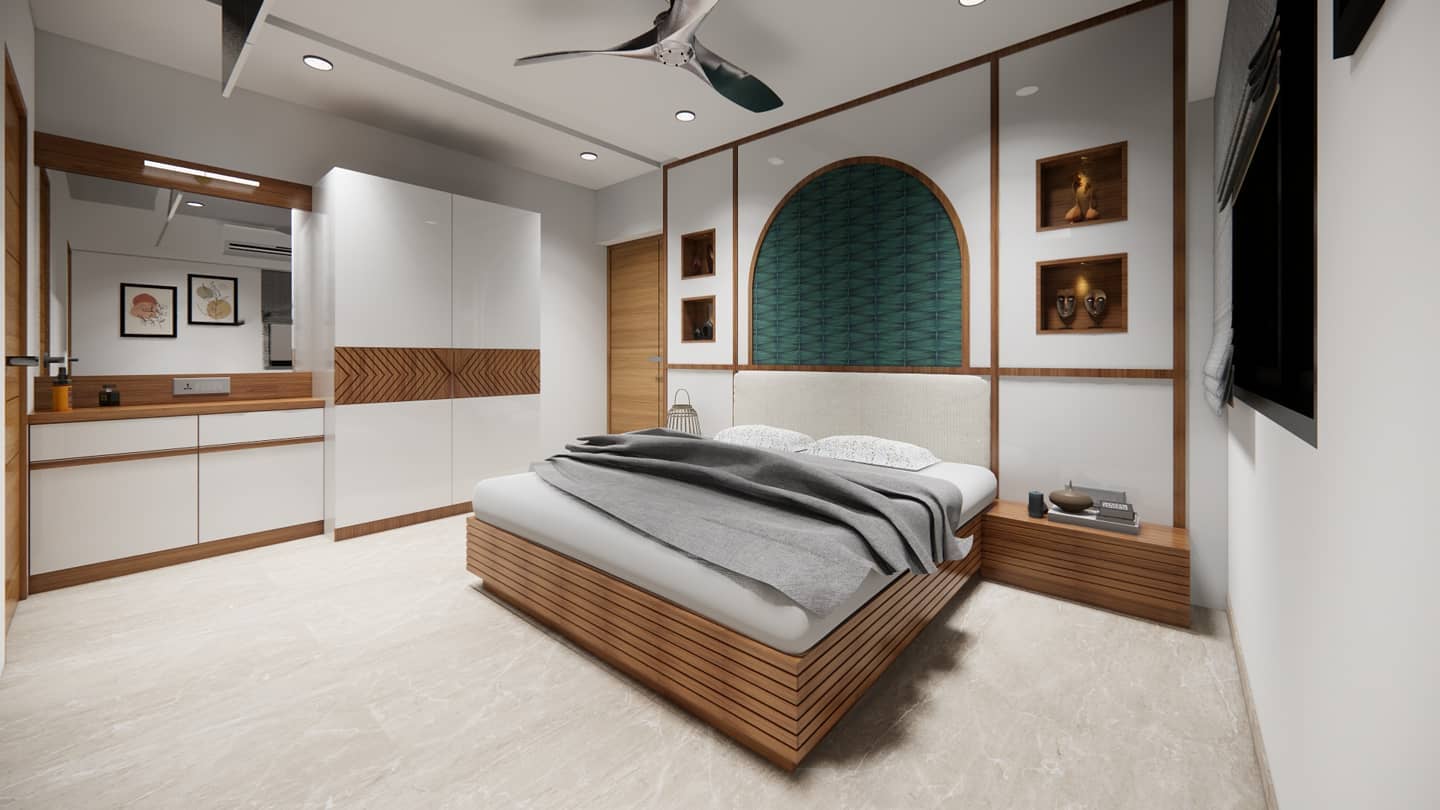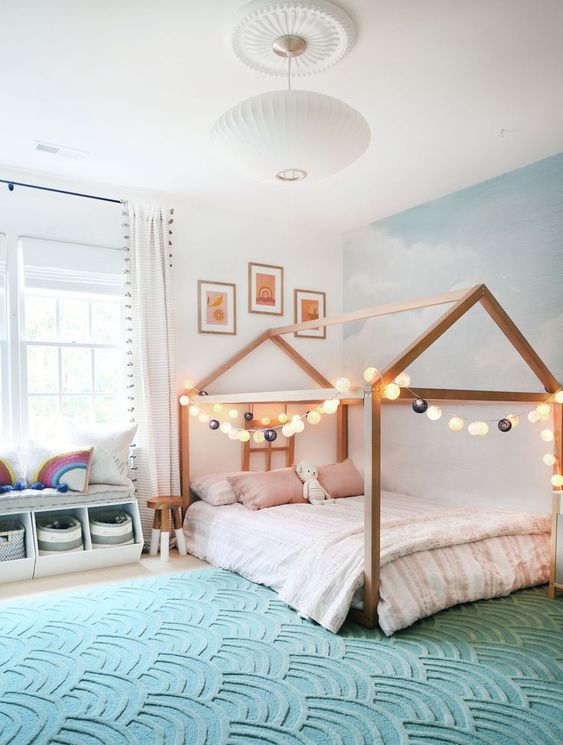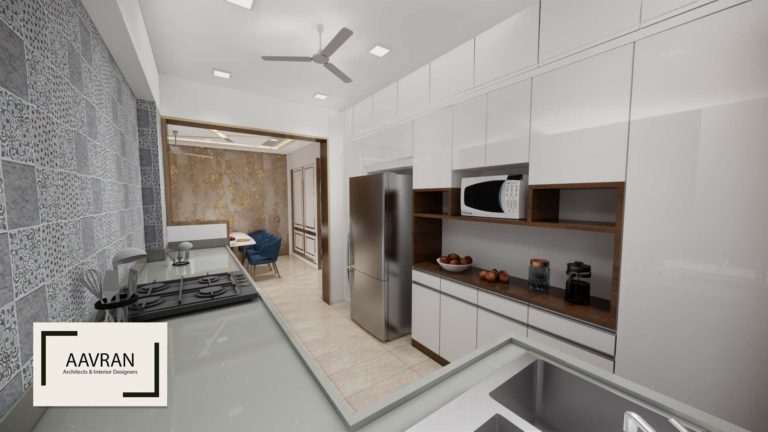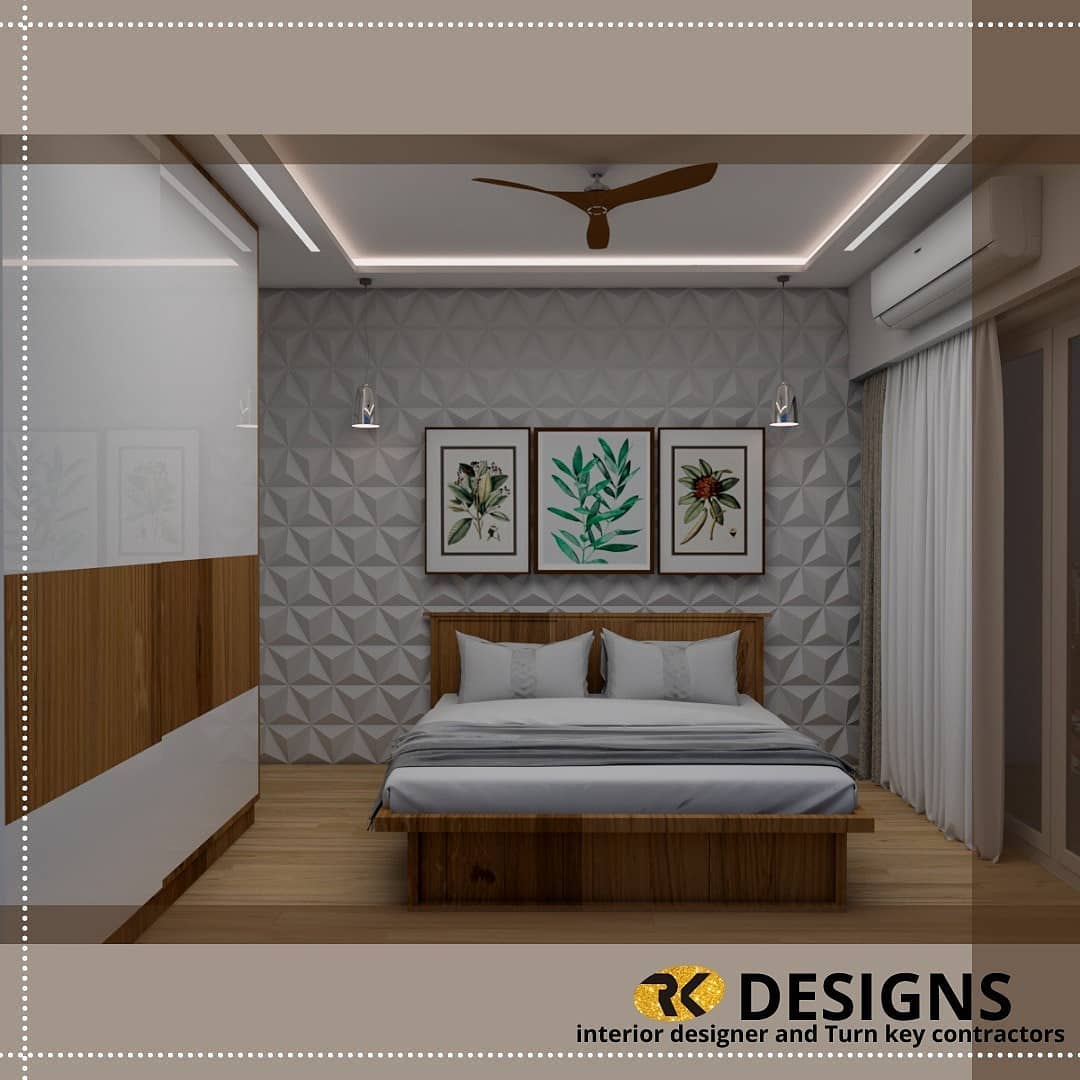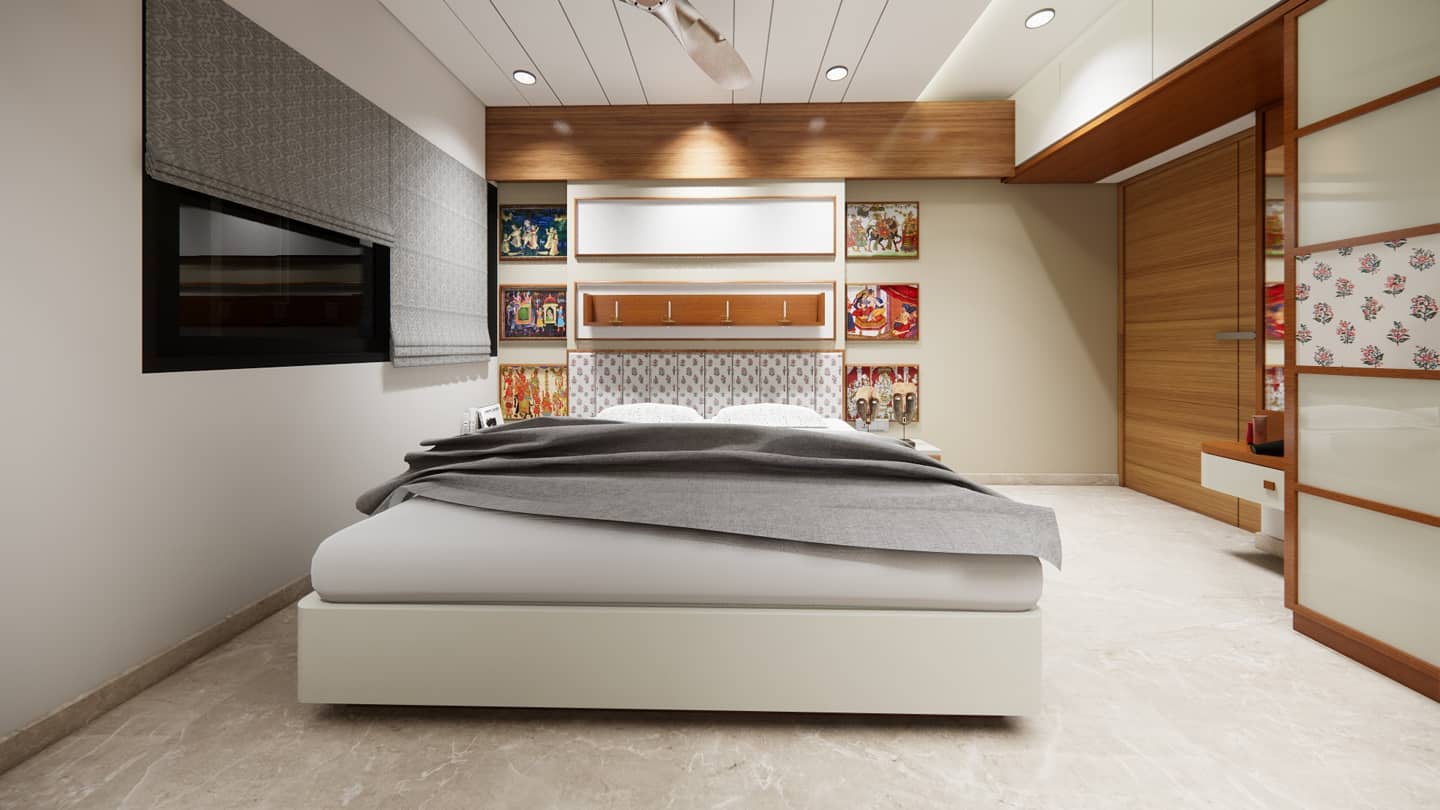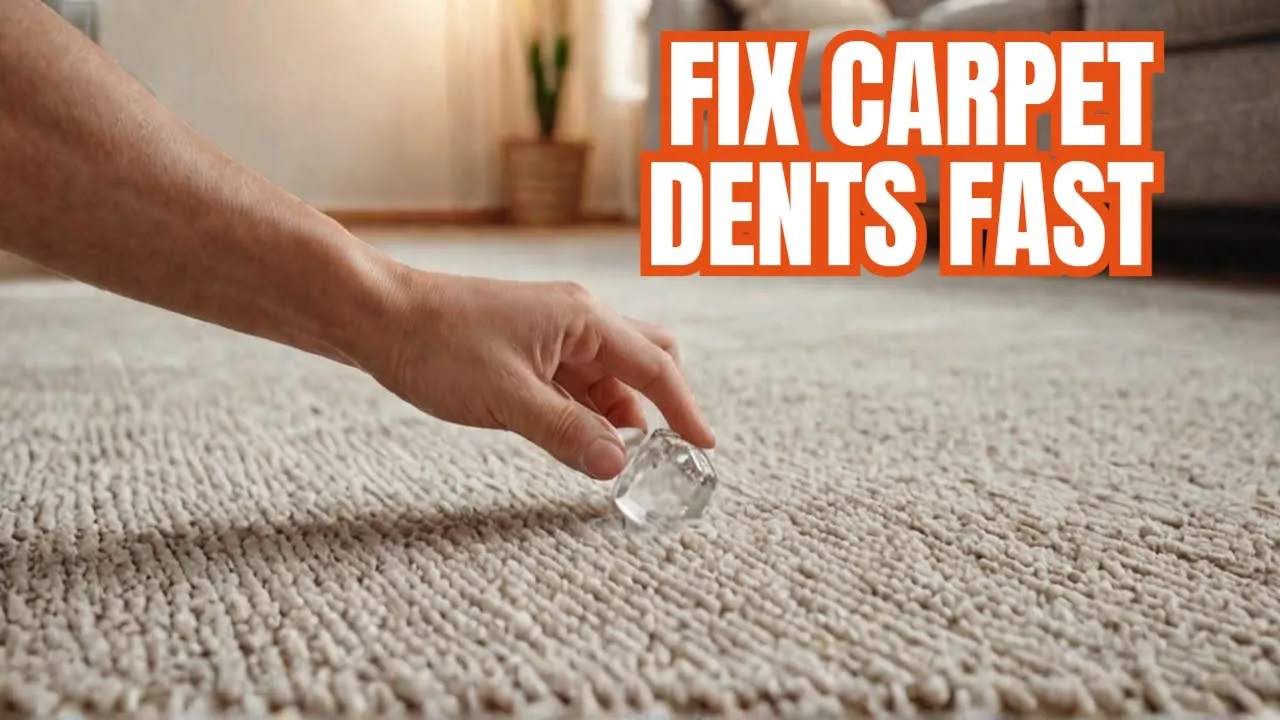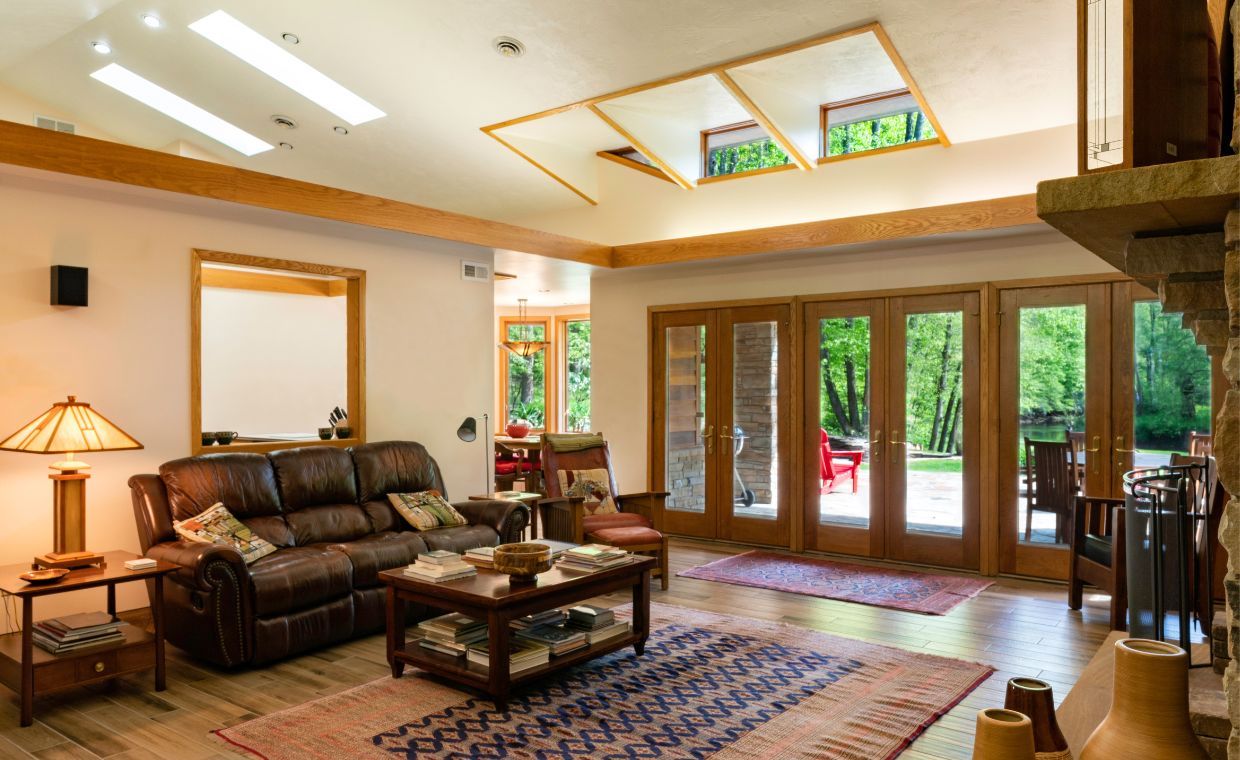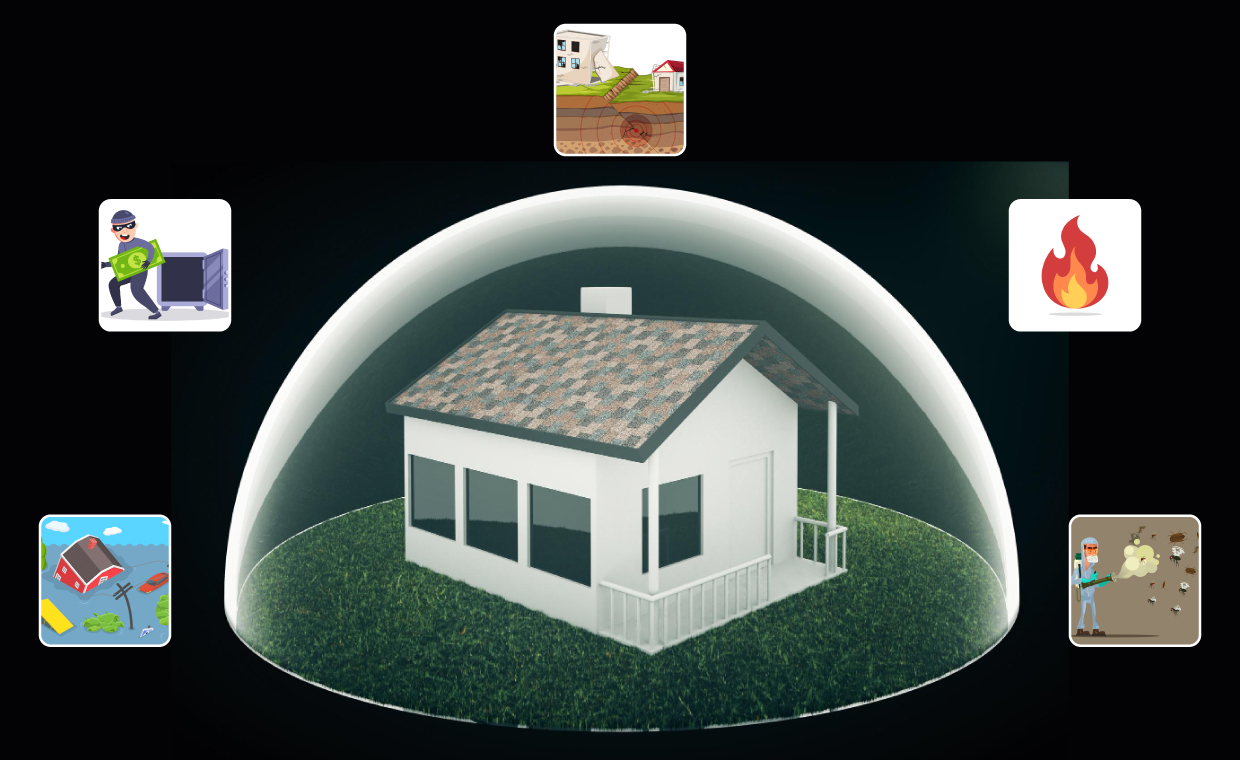
Table of Contents
As one of the most frequently used and visible pieces of furniture in the home, the couch is a must-have. Couches serve as both seating and sleeping areas, and you can place them in the living room, lounge, or family room.
They are also commonly found in non-residential settings such as hotels, offices, and waiting areas. Choosing the right couch can be challenging due to the wide variety of options available on the market. However, with this comprehensive guide to different types of sofas, you can gain a deeper understanding of their styles, functions, and how they can enhance your living space.
Types of Couches
Let’s take a look at some of the most prevalent types of couches found in homes:
1. Sectional Couches

Sectional couches were developed in the 1950s to meet the needs of large families and the growing demand for modular furniture. The sectional couch consists of multiple pieces, typically three or five, though larger configurations are also available. The more pieces a sectional has, the more layout possibilities it offers. Ideally, a sectional couch should feature fixtures that connect the sections to prevent them from separating.
They are ideal for bigger living spaces or apartments. Like a modular sofa, a sectional couch can help define spaces, such as separating the living area from the kitchen.
Many sections can be disassembled and reassembled into new or different configurations. The two most common layouts are L-shaped and U-shaped designs.
At first glance, a sectional sofa may seem too large for a living room, but its modular design helps maximise space, particularly by utilising otherwise wasted areas like corners. However, placing a large modular sofa in a small room is a bad idea. Due to their casual and relaxed appearance, sectional couches are perfect for family hangouts or chill zones.
Also Read: The Last Sectional Sofa You’ll Ever Need
2. Settee Couch

Courtesy - britannica
The settee is one of the earliest types of couches, and it’s natural to assume it may feel outdated. This traditional, often antique-looking couch resembles a bench with arms or two chairs joined into one. It is taller and slimmer than a typical couch and has a shape similar to a loveseat, though it is often narrower.
Many consider the arms of a settee unnecessary, giving it the appearance of oversized dining room chairs. Although it is not the most comfortable seating option, it promotes good posture by encouraging an upright sitting position. The settee has a classic aesthetic and timeless appeal. Compared to contemporary couches, it is relatively small, typically seating not more than two people. What it lacks in comfort, it makes up for in versatility. A settee, unlike other couches, can be placed in hallways and bedrooms, and it can even be brought up to a table to function as a double chair. Settees can be fully upholstered or partially upholstered, leaving the wooden edges exposed. The contemporary, slightly larger variant of the settee is the loveseat. Choosing the right sofa and couches can greatly enhance the look and charm of your home’s interiors.
3. Cabriole Couch

The cabriole sofa is not as common as it once was, but it remains stylish and elegant. With its exposed carved wood frame, curved top lines, and signature S-shaped legs, the cabriole sofa exudes romance and sophistication. Popularised by King Louis XV in the early 18th century, this style is perfect for breaking up a room dominated by straight lines.
Cabriole sofas, with their graceful curves and charming designs, are an excellent choice for adding a touch of elegance or enchantment to any space. The curves on the inside of these arms create a continuous line of comfort. Cabriole couches are extremely ornamental and have the potential to work beautifully near windows overlooking outdoor areas. They are best suited for living and dining rooms.
4. Low-Seated Couch

Low-seated sofas are characterised by their low seat height, typically between 16 and 17 inches (the standard height of a sofa seat is 17 to 18 inches). They have a minimalistic appearance but can look fantastic in nearly any room. Low-seated sofas were popular in the 1950s and 1960s and have reemerged as a trendy choice among millennials. Sectional and low-seated couches work best when paired with a well-coordinated sofa and center table arrangement, enhancing both comfort and aesthetics.
5. Daybed or Divan Couch

Courtesy - indiamart
A divan, which originated in Persia, was initially a long seat made of a mattress placed against the wall of the room. Today, a divan is a couch without a back or a partially backed or open-ended structure, which means neither side has arms. Divans are typically set against a wall, accompanied by plenty of pillows to create a comfortable seating area during the day, which can be converted into a small bed at night.
6. English Roll Arm Couches

The English roll arm sofa, also known as the club sofa, is sometimes referred to by interior designers as “the forever style” because of its timeless appeal. The distinctive round, low arms set it apart from traditional arm couches. The English sofa’s loose cushions make it simple to clean and maintain. It has short legs, low arms, a rounded plump cushion, and a low seat. Highly versatile, it can complement nearly any home design style while offering exceptional comfort.
7. Convertible Couch

Another type of multipurpose couch is the convertible couch. You can fold it for use as a couch and unfold it into a bed. In addition to the bedroom, it is suitable for the living room. The frame of these couches is known as a futon. Its versatility makes it useful in various spaces, including both bedrooms and living rooms. A convertible couch is an ideal choice for small areas or spaces where maximising functionality is essential.
Also Read: Modular Sofa: What It Is and How to Choose One?
8. Recliner Couches

Courtesy - ubuy
A recliner is a type of couch that allows you to sit in a reclined posture by tilting backward while raising a built-in footrest. Recliners are ideal for Sunday afternoon naps or relaxing while watching sports on television. Some recliner models still require manual operation using a lever, while many modern versions are remote-controlled. Although recliners are relatively new to the sofa market, their growing popularity is largely due to their exceptional comfort. While they may not be ideal for a traditional living room, they are an excellent choice for movie rooms and family rooms. Reclining couches are the most expensive compared to other types of couches. Therefore, they are used in luxury settings, such as airlines, theatres, hotels, guesthouses, and other high-end locations.
Recliners come in the following types:
- Recliners with casters
- Wall-hugger recliners
- Riser armchair
- Deep-seating Sofas
Enhance your home with smart furniture that combines functionality and style. Explore innovative designs here: Smart Furniture Guide
9. Pallet Couches

Pallet couches are built against a wall, with cushions placed for support. Some pallet sofas feature a reclining back for added comfort. While many people typically build their pallet couches, ready-made options are also available for convenience. If you’re exploring different types of couches, pallet sofas offer a stylish and budget-friendly choice for modern and rustic interiors. When arranging your living area, it’s important to consider how chairs interact with your sofa. Check out this video on mistakes to avoid when selecting living room chairs to ensure a cohesive layout.
10. Deep-Seat Couches

Deep-seat couches have grown in popularity in recent years. A deep-seat sofa is perfect for those who like to curl up, and relax and read a good book. Seat depths typically range from 28 to 34 inches, with 34 inches considered deep-seated. The greatest advantage of selecting a couch with a deep seat is that it allows you to sit upright with your back supported and your feet flat on the floor.
Also Read: How to Select a Sofa for Optimum Comfort?
11. Curved-Back Couch

The appearance of the curved-back sofa is a blend of contemporary and vintage styles. The backrests are either rounded or curved, enhancing the aesthetic appeal of your interior.
Additionally, these sofas are used in living rooms, study rooms, waiting areas, indoor playrooms, hotels, and guesthouses, among other places. When designing your living area, the sofa serves as the centerpiece of the space, so choose the one that best suits your needs.
12. Track Arm Couch

Track arm sofas are defined by their straight, square arms. They feature a mid-century modern look and can complement almost any living space, including smaller ones, as their straight arms take up less space than rolled arms and other sofa styles. The flat arms also provide a convenient surface for placing your phone or television remote.
13. Mid Century Modern Couch

The mid-century modern sofa features a sleek, simple design with a rectangular shape, clean lines, and tufted back and seat cushions. This type of sofa was very popular from the mid-1930s to the mid-1970s and remains widely used even today. In addition to these defining characteristics, variations include the use of traditional or non-traditional materials, such as wool, vinyl, and velvet, as well as different leg styles, arm designs, button details, and edge finishes.
This comfortable sofa is ideal for minimalistic, modern, and contemporary spaces. It pairs well with various furniture styles and is available in a range of colours and materials. With its clean, straight lines, it exudes a modern yet timeless appeal. Looking for the perfect couch to match your style and comfort needs? Check out the best couches recommended by experts to find top-rated options for your home.
14. Futon

Courtesy - homenish
Futons originated from traditional beds in Japan. A futon is a simple-style sofa that can be quickly converted into a single bed by lowering it. Its structure resembles that of a real bed, making it more comfortable than a sofa bed. Unlike fold-out sofa beds with thin mattresses, futons have a thicker surface, providing better support. Because of this, futons have become a highly popular piece of furniture for small spaces and as an extra bed. For more insights into selecting the perfect sofa, check out this guide to various couch types.
FAQs Related to Types of Couches
01. What Factors Should I Consider Before Purchasing a Couch?
Before buying a couch, consider factors such as the size of your room, your design preferences, primary use (lounging, sleeping, entertaining), material (leather, fabric, velvet), durability, and maintenance requirements. For smaller rooms, compact designs like loveseats or futons are ideal, while sectional couches work well in larger spaces.
02. Which Couch Materials Are Most Durable for Families with Kids and Pets?
Leather, microfiber, and tightly woven synthetic fabrics are among the most durable options. These materials are resistant to spills, scratches, and wear and tear, making them ideal for households with children or pets.
03. Can I Customize a Couch to Fit My Specific Needs?
Yes, many furniture manufacturers offer customisation options, allowing you to choose features like fabric, colour, size, cushion firmness, and leg style. Sectional and modular sofas, in particular, often come with customisable configurations.
04. How Do I Maintain and Clean My Couch?
Maintenance depends on the material. Fabric sofas, vacuuming and spot cleaning stains are essential. Leather sofas require conditioning to prevent cracking, while microfiber can be cleaned with a damp cloth. Always refer to the manufacturer’s cleaning instructions for the best care practices.
05. What Is the Ideal Distance Between a Couch and Other Furniture?
Leave at least 18 inches of space between the couch and coffee table for easy movement. For larger living rooms, ensure there is enough space around the couch to allow for a natural flow of traffic.
Also Read
Modular, Ottoman, And More: Which Sofas And Couches Are Right For You?
Choosing the Perfect Modern Style Sofa for Your Home Aesthetic
Author Bio
Fathima Israr Khan – I’m Fathima Israr Khan, an MTech second-year student in Geotechnical Engineering at NIT Silchar.






